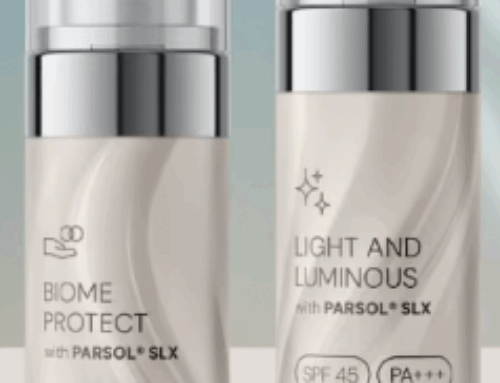Skin cancer is often associated with individuals with lighter skin tones, but it is important to recognize that people of color can also be at risk. Despite having more melanin, which offers some protection against UV radiation, individuals with darker skin are not immune to skin cancer. About 1-2% of all cancers in Black people and 2-4% of all cancers in Asians is skin cancer. Practicing sun protection in skin of color is equally as important!
Where Skin Gets Its Color
Melanocytes, or pigment-producing cells, produce melanin. The number of melanocytes and the type of melanin produced determines skin tone. Skin tone is also determined by the size and distribution of melanosomes, which are small packages of melanin produced by melanocytes to be carried over to other skin cells. With darker skin tones, melanosomes are larger and more spread out throughout inside the cell. Lighter skin tones see smaller melanosomes clustered together.
The ratio of eumelanin (brown and black pigment) to pheomelanin (yellow and red pigment) produced by melanocytes are another factor is skin tone disposition. Darker skin individuals produce more eumelanin. Eumelanin offers some UV protection while pheomelanin doesn’t provide any.
Risk Factors and Misconceptions
One significant misconception is that people of color cannot develop skin cancer. While melanin does provide some degree of protection, it does not make them entirely immune. In fact, skin cancer in people of color is often diagnosed at a later stage due to a lack of awareness and lower rates of regular skin screenings. This can lead to poorer outcomes and more aggressive treatment needed. For Black patients with melanoma, only 71% survive compared to the 94% in white patients.
Types of Skin Cancer
- Melanoma: This is the most dangerous form of skin cancer and can occur in any skin type. Although it is less common in darker-skinned individuals, when it does occur, it often presents in less visible areas like the soles of the feet or under the nails.
- Non-melanoma Skin Cancers: Basal cell carcinoma and squamous cell carcinoma are more common in people with lighter skin, but they can still affect people with skin of color. These cancers may appear as sores or growths that do not heal.
People with skin of color get slightly more UV protection from eumelanin but are still at risk of getting sunburn and skin cancer. Sun protection is a necessary practice for everyone—not just people with fair skin.





